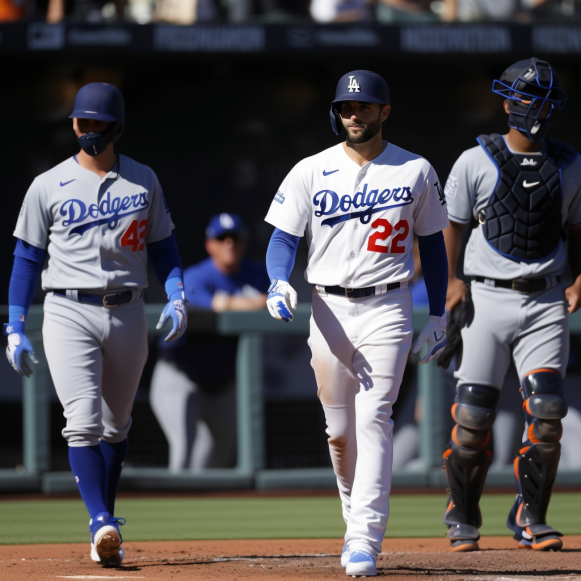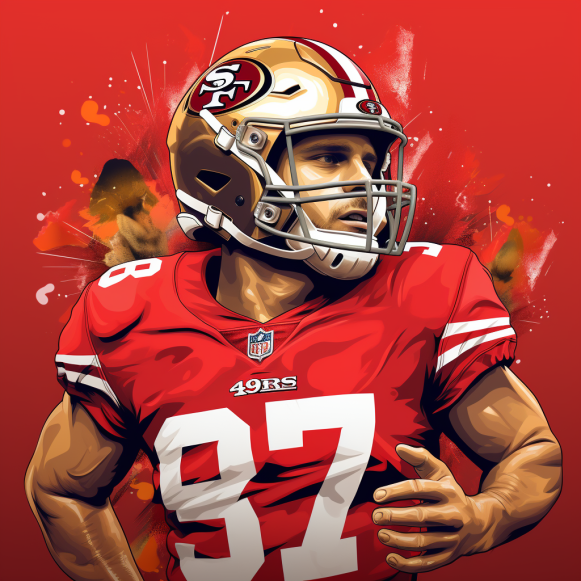A pickleball lover who made the sport her full-time job debunks 5 of the biggest misconceptions about it
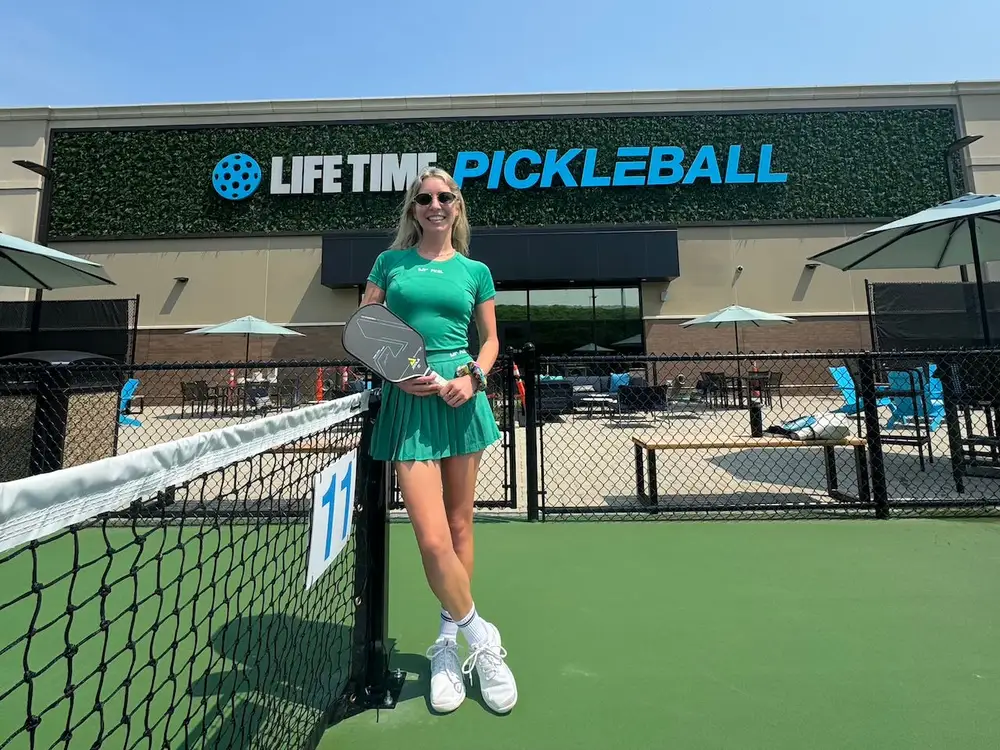
Lydia Hirt left her job in book publishing to dedicate her career to her love of pickleball.
When Lydia Hirt says pickleball changed her life, she means it.
From the moment she picked up a paddle and stepped onto a court, Hirt was addicted.
Her first brush with pickleball — a racquet sport similar to doubles tennis but played on a smaller court with different equipment and rules — was on a February 2021 vacation in Florida with her parents and sister.
Right after, Hirt returned to New York City and immersed herself in the local pickleball community, which was relatively small at the time.
“It was really hard to find pickleball in the city,” she said. “You would lug your net everywhere, you would paint or chalk out temporary lines. The whole thing was a very scrappy community.”
Just as Hirt’s love of the sport grew, so did its popularity. The Sports & Fitness Industry Association reported in February 2024 that pickleball has been the fastest-growing sport in the US every year since 2021.
As she dedicated her social media to pickleball and, later, became a volunteer ambassador for the sport’s governing body in the US, Hirt found her career shifting.
After 13 years of working at book-publishing company Penguin, she became the chief marketing officer at New York pickleball company Citypickle in 2023. In July, she was hired to become a vice president of marketing at high-end health club chain Life Time — with a focus on, you guessed it, pickleball.
In the years since she picked up the sport, Hirt has visited over 70 pickleball clubs and courts around the world, often sharing her travels on her Instagram account, @lydia.pickleball, to about 4,200 followers.
Here, she shares some of the common misconceptions people have about a hobby she loved so much she turned it into a career.
Misconception 1: Pickleball is just for older people.
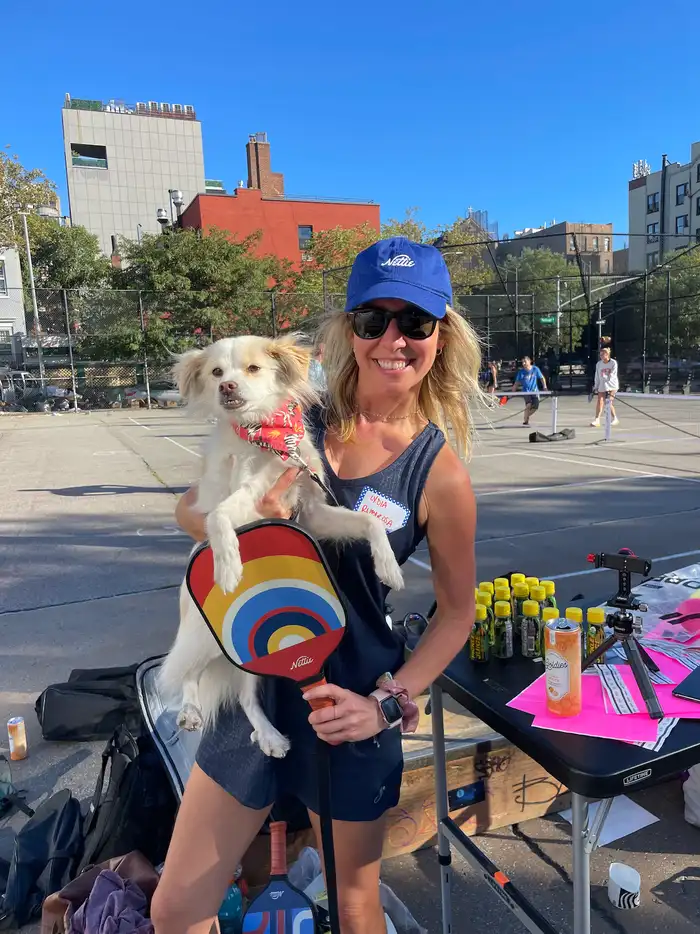
Hirt fell in love with pickleball after playing for the first time on a family holiday in 2021.
One of the most common misconceptions about pickleball is that it is a game played by older people.
While Hirt believes that part of the reason pickleball blew up in the US is because it is accessible to people of all ages, that doesn’t mean the sport isn’t being embraced by younger generations and diverse groups.
While it is available to play at places like country clubs, she said it’s a lot less elite.
“I think it’s more accessible,” she said. “You can also set pickleball in your cul de sac if you don’t have access to any of these things.”
Hirt also loves pickleball fashion and how major brands are selling pickleball-focused clothing.
“We now have Nike-branded pickleball shoes. Life Time has a pickleball-specific partnership with Lululemon. Alo Yoga sponsors one of the pickleball pros,” she said.
Hirt also said that, from what she’s seen, the pickleball community also offers a “really supportive environment for LGBTQ+ people and players.”
“It really gives people the chance to express themselves,” she added.
Misconception 2: Pickleball is easy.
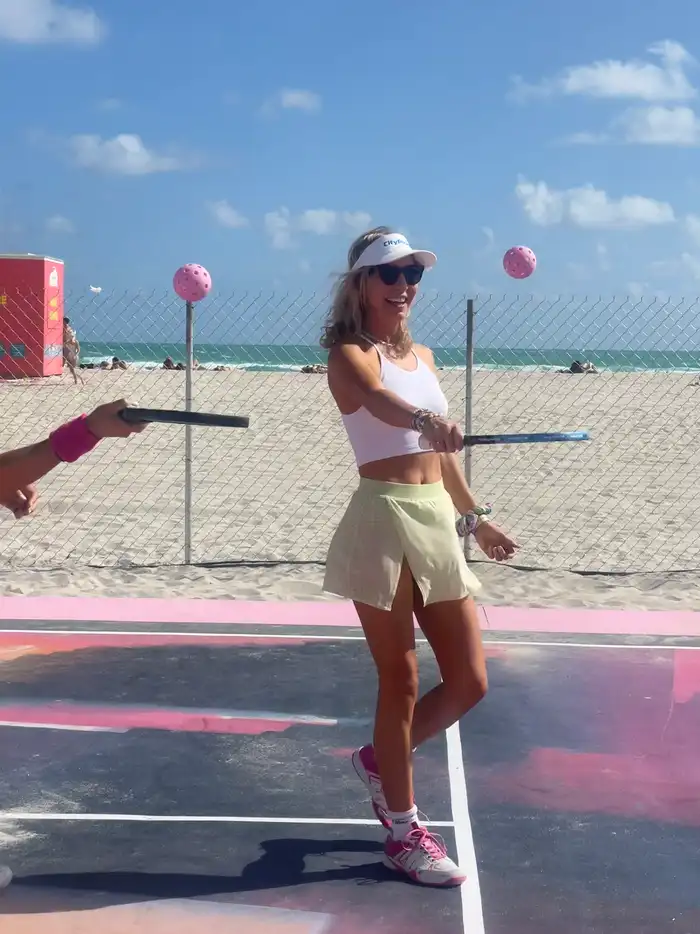
Hirt tries to play pickleball every time she travels to a new place, whether it’s in the US or abroad.
Compared to tennis or even padel, Europe’s beloved racquet sport that is almost like a cross between tennis and squash, pickleball has a unique set of rules that players must follow.
“You can be out and rallying and having fun on the court so fast,” she said. “But,” Hirt added, “I’ve heard pickleball can be compared to chess.”
She shared an example of how she and a friend who also plays pickleball regularly challenged two brawny fitness instructor pals to a game.
“We smoked them in pickleball,” she said.
“There is so much about finesse,” Hirt added. “It’s not just power, which I think is one of the reasons I really like it.”
Misconception 3: Pickleball isn’t a good
workout.
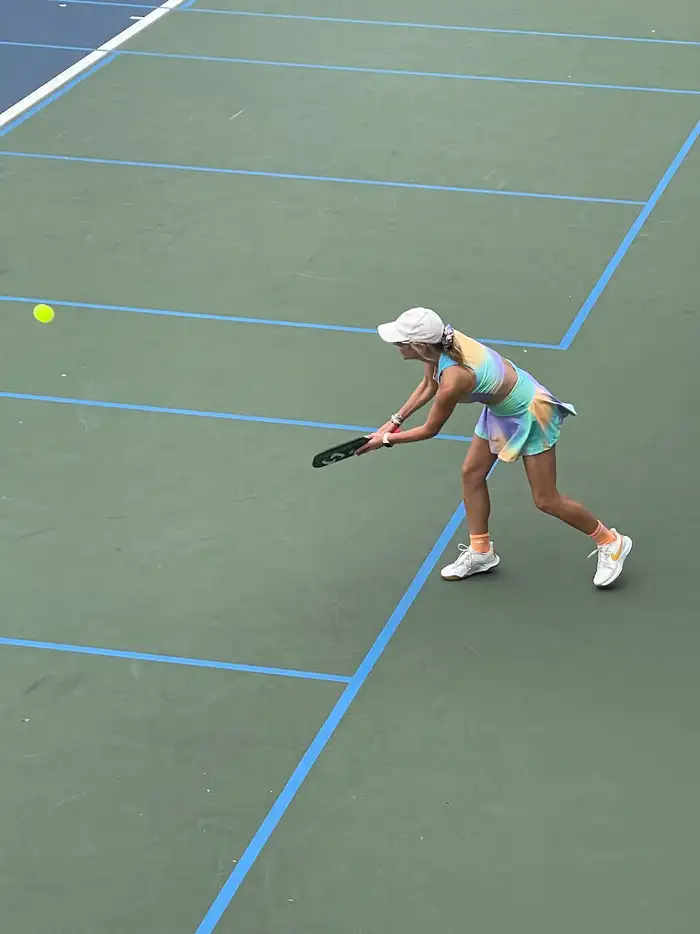
Hirt said she burned more calories playing pickleball than her friend who played tennis for the same amount of time, at least according to their smartwatches.
Although Hirt acknowledged that the size of a standard pickleball court is much smaller than the standard tennis court — 20 feet wide by 44 feet long versus 60 feet wide by 120 feet long — she said that pickleball is still a great workout.
It can involve a lot more running because the ball doesn’t bounce the same way as it does in tennis, she added.
Hirt and a group of friends like to track their workouts through Apple Watch calorie-burning competitions, she said.
One of her friends is an avid tennis player who, according to Hirt, sometimes burns fewer calories than she does playing pickleball for the same amount of time.
“It’s anecdotal evidence, very small samples,” Hirt said. “But I think it goes to show that if you are playing, at your level, a competitive game of pickleball, you are actually running.”
“You have to have really fast reflexes, you have to be prepared for the ball to come at you quickly,” she added.”
Misconception 4: Pickleball divides communities.

Hirt has met and made many life-long friends through the sport.
Not everyone is a fan of pickleball, as Hirt herself acknowledges.
The sport has faced some criticism over the years. People in various communities across the US have complained that the noise of the plastic balls hitting pickleball paddles on nearby courts drives them crazy.
But noise aside, Hirt believes there is no recreational sport in the US that is as much of a community-builder as pickleball.
“It’s played in double, so you have your partner next to you and the people across the court, you’re actually very close together,” she said. “If all four of you are at the kitchen line, the non-volley zone, you’re only 14 feet away.”
The closeness of players on both sides of the net means that you can easily talk to your opponents, Hirt said, which means strangers can often turn into friends at open-play pickleball tournaments.
“You meet people you like playing with, you exchange your number, you exchange Instagram, and then you start planning to show up at the same time or booking private courts to play by yourself,” Hirt added.
Misconception 5: Pickleball players are threatened by other racquet sports like tennis and padel.
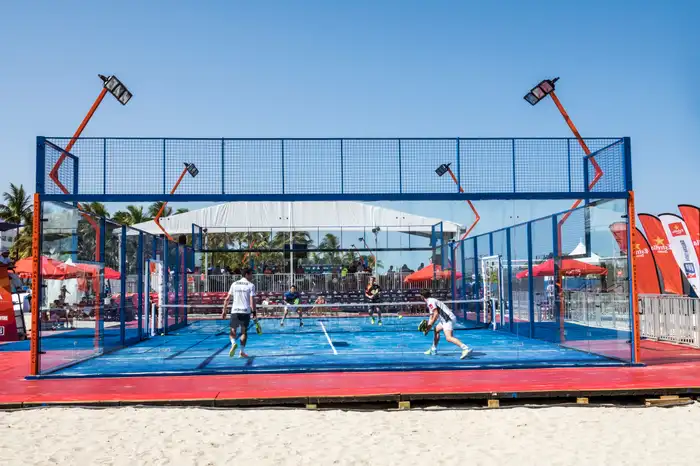
A padel court in Miami.
Much has been said and written in 2024 about the rivalry between the three major racquet sports: tennis, padel, and pickleball.
Last week, for example, Brian Hainline, president of the United States Tennis Association (USTA), called the sound of pickleball “obnoxious” and said its rise in popularity was ” anti-tennis.”
Meanwhile, padel — the fastest-growing sport in Europe — has been making inroads in the US among the ultrawealthy, fueling speculation it might challenge pickleball for the crown.
But Hirt’s personal view echoes that of Andre Agassi, the world’s No. 1 tennis player in the 1990s, who she said has “gone on record so many times saying that pickleball and tennis don’t need to argue, they don’t need to fight.”
“There is plenty of room for that for pickleball and tennis to coexist,” she added.
Hirt added that she’s not worried about padel, which she described as more athletically challenging and more specialized because it has to be played on a court surrounded by glass walls.
“They’re almost a feeder system for each other,” she said. “If you age out of padel or think you can’t handle the challenge, or if you’re looking for something multigenerational to enjoy, or with your friends, and padel is too high a barrier of entry, you could probably easily transfer to pickleball.”

